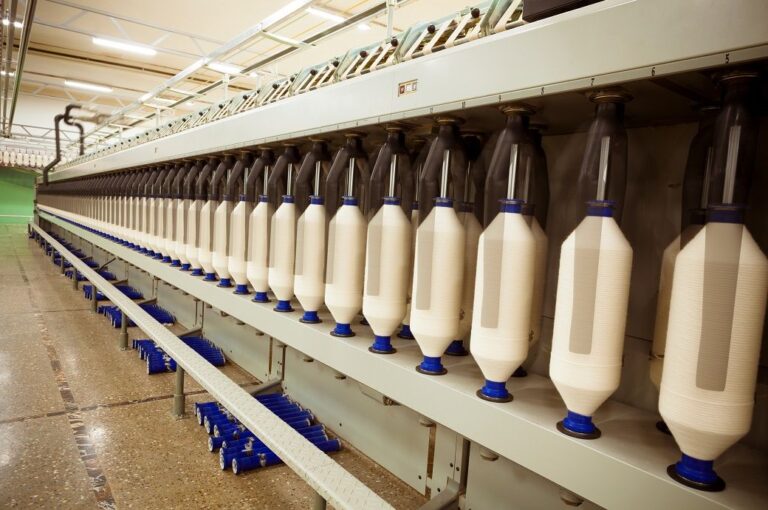
[ad_1]
Contribution levels for the spinners in FY23 were hit by steeper increase in cotton prices, with all-time high levels reported in May 2022. Besides, the demand was impacted by the resistance from downstream companies to such high prices, uncompetitive Indian yarn prices in the international market and a slowdown in demand from developed nations amid recessionary concerns.
Indian cotton spinner’ profitability as well as revenues are expected to have moderated sequentially in Q3 FY23, mainly due to a slowdown in demand and lower contribution levels, as per ICRA’s recent research report on cotton and manmade yarns. After a sharp increase in FY22, cotton yarn realisations in India continued to increase in FY23.
ICRA expects the volumes as well as contribution levels to improve from Q4 FY23 onwards on the back of some recovery in demand and lower cotton prices with new arrivals. Earlier, Indian cotton spinners had reported robust revenue growth and profitability in FY22, supported by strong realisations and healthy demand, post the lifting of lockdown restrictions.
The industry had undertaken high debt-funded capex in FY22, partly due to the deferment of major capital expenditures during the COVID period (FY20-21). The trend of incurring debt-funded capex is expected to sustain in the near term for capacity expansions and power-saving enhancements. This, alongside higher working capital requirements and lower margins, is likely to result in some moderation in capitalisation and coverage metrics in FY23, as per ICRA’s report.
While cotton yarn prices moderated by approximately 25-30 per cent in the past four months from the peak levels reported in May 2022, with demand coming down and tapering of cotton fibre prices, these continue to be approximately 10-20 per cent higher than the past five-year average. ICRA expects continued correction in yarn prices in the coming months, with a gradual softening of the commodity prices and intermittent demand disruptions across the textile value chain.
Cotton prices had also witnessed an upward trend since September 2020, and a steeper increase in fibre prices compared to yarn prices in calendar year 2022 (CY22) brought down the average spot contribution for the year by around 17 per cent from the exceptionally high levels witnessed in CY21. Spot contribution in CY21 averaged around 75 per cent higher than the 10-year average.
On the exports front, after registering all-time highs in FY22, Indian cotton yarn exports have been declining sharply since April 2022, with uncompetitive Indian prices as well as slowdown in demand in the developed nations. With a sharp surge in cotton prices and ensuing operational disruptions, yarn production also witnessed an approximately 19 per cent year-on-year (YoY) decline and cotton yarn exports plunged 61 per cent YoY in the first seven months of fiscal 2023.
The domestic arrivals of the cotton crop in the market till November 2022 for Indian cotton year 2023 (CYi23) have been low compared to previous years due to the damage to cotton crops, following late monsoons in cotton-growing states and stockpiling by farmers due to unremunerative prices. Uncompetitive cotton yarn prices and a shortage of cotton in the recent months saw a shift in the trade dynamics with Vietnam, with Vietnam’s status having changed from being the net exporter to the net importer in recent months.
Fibre2Fashion News Desk (DP)
[ad_2]
Source link